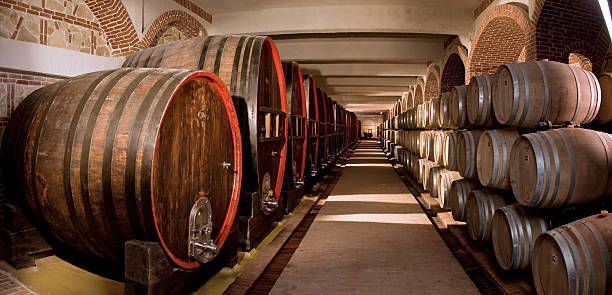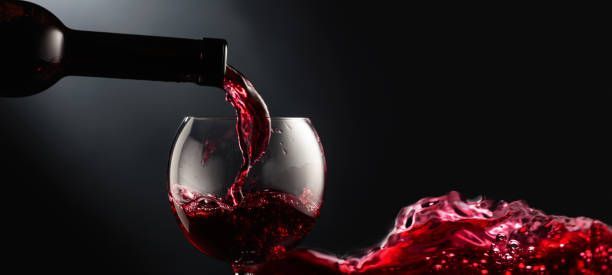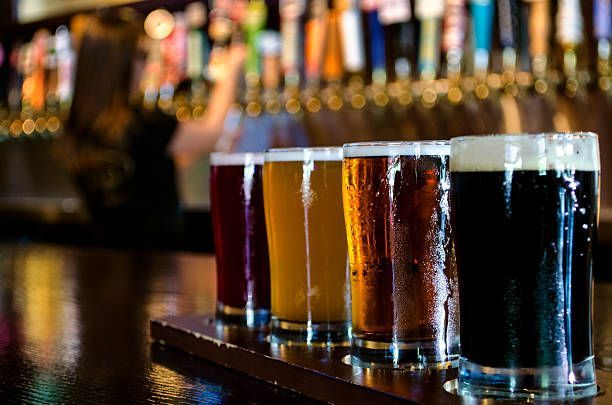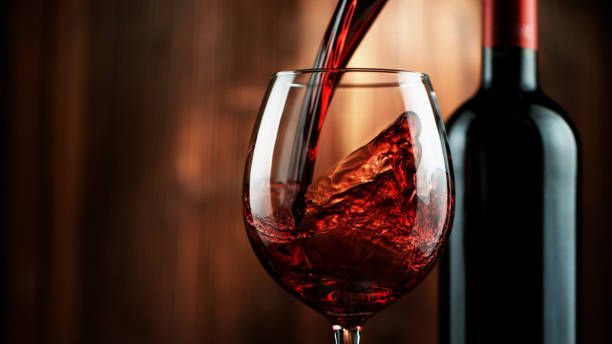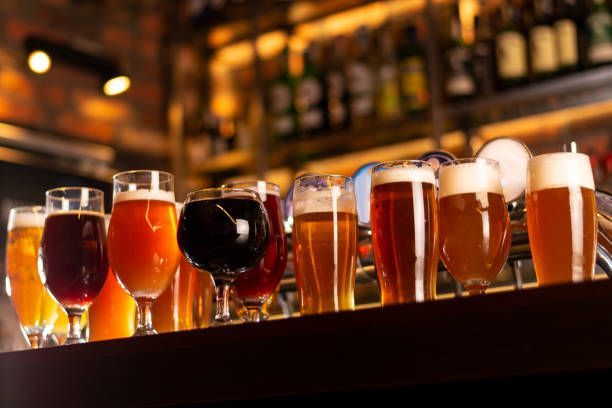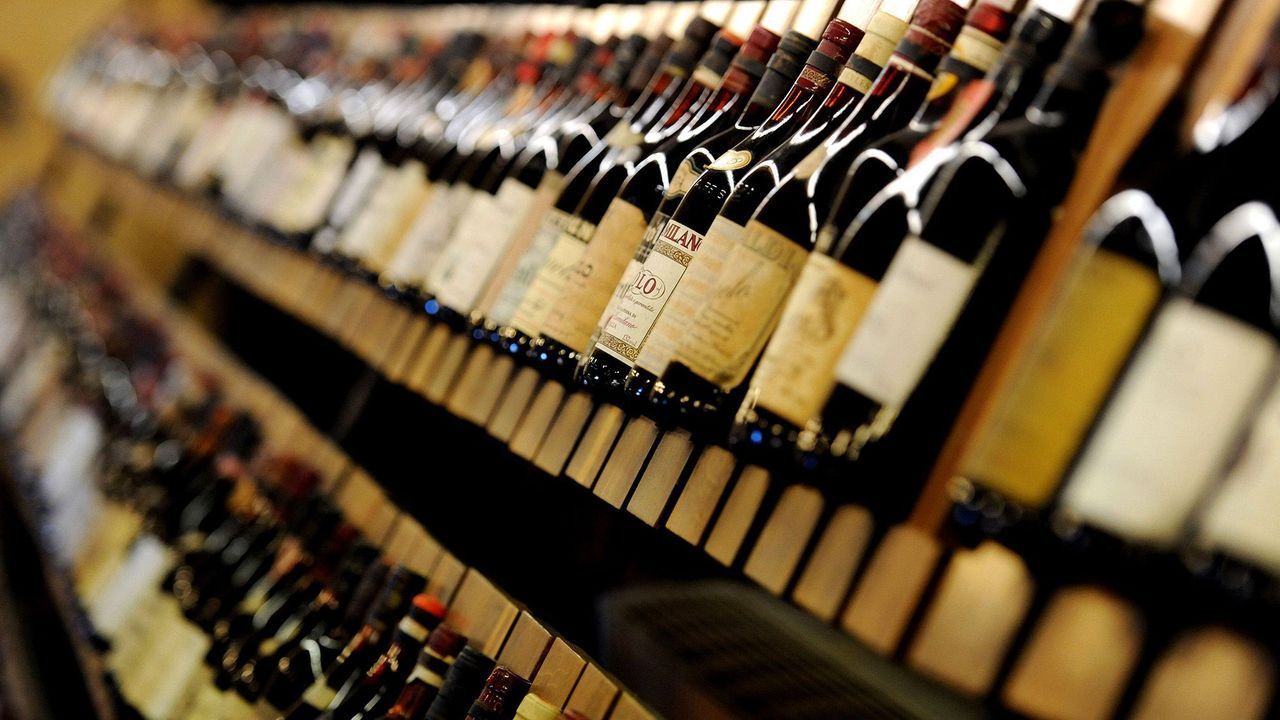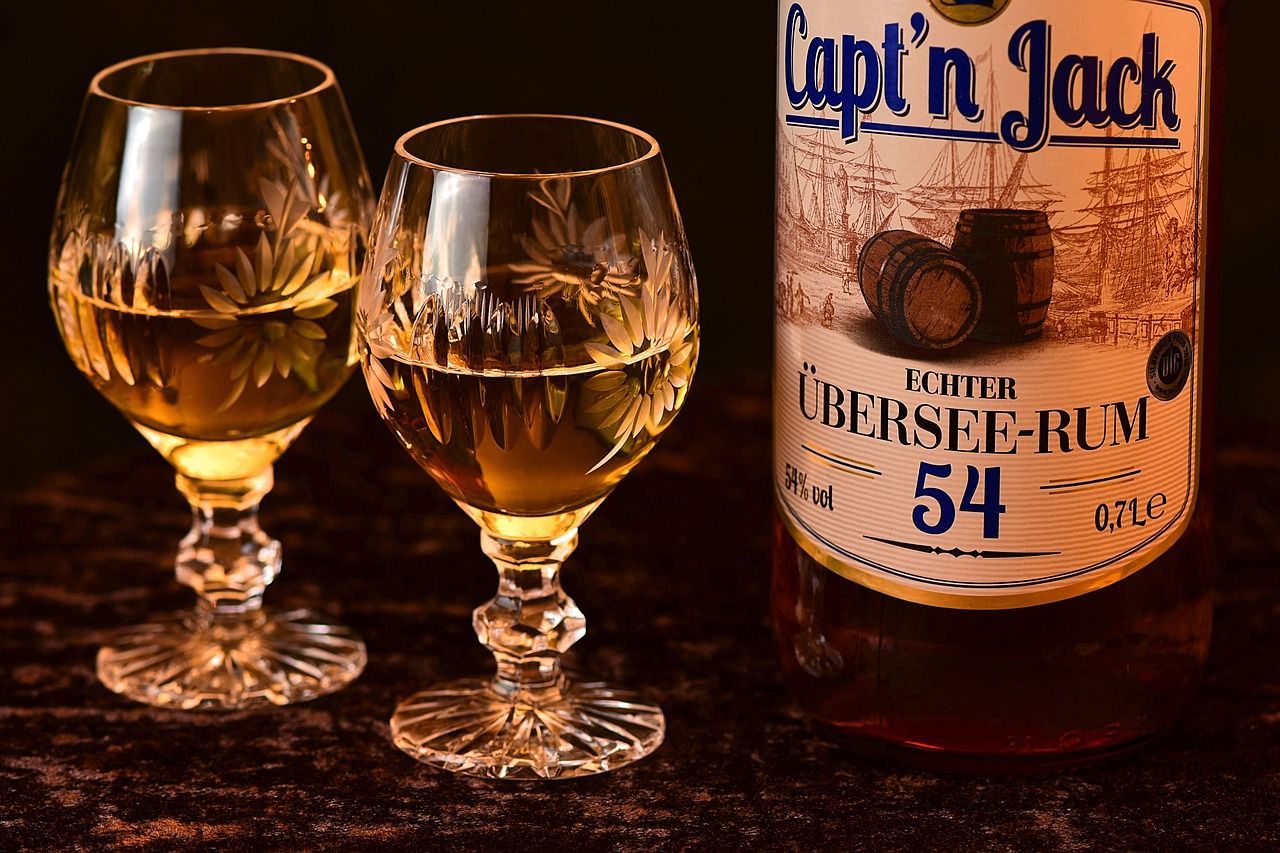Napa Trapa's Ultimate Guide to Perfect Wine Pairing
Welcome to Napa Trapa's comprehensive guide on wine pairing, where we'll walk you through the process of picking the ideal bottle for any given situation. We recognize the value of selecting the ideal wine to enhance the mood of diverse gatherings, from small dinner parties to large festivities. We are connoisseurs of life's finer moments. The ideal wine enriches not only the food experience but also the overall ambiance, resulting in priceless memories.
In this thorough guide, we'll take you step-by-step through the wine pairing process while demystifying the nuances of picking the wines that go best with your occasion and food. In order to give you confidence in your decisions, we'll go through different wine types, pairing guidelines, and offer specific suggestions for certain times.
Regardless of the occasion, our goal is to arm you with the information and self-assurance you need to provide amazing experiences for your visitors. So let's begin this trip together and uncork the magic of wine pairing. Cheers to more special occasions and fine wine pairings in the future!
Understanding Wine Varieties
It's important to have a fundamental awareness of the various types of wines available before we go into the world of wine pairing. The flavor profiles of some of the most popular wine types will be discussed.
Red wines are produced from red or black grapes and have more tannins and a richer, fuller flavor than other varieties of wine. They go well with hearty and assertive dishes like game, strong cheeses, and red meat. A robust Cabernet Sauvignon goes well with grilled steak, and a fiery Syrah goes well with a platter of charcuterie. Red wine types like Cabernet Sauvignon, Merlot, Pinot Noir, and Syrah are among the most widely consumed.
White wines, on the other hand, have a lighter, more acidic flavor profile than red wines and are produced from white or green grapes. They complement lighter dishes like fish, chicken, and vegetables well. Grilled shrimp go great with a buttery Chardonnay, and a fresh salad goes well with a crisp Sauvignon Blanc. White wine types that are among the most popular are Chardonnay, Sauvignon Blanc, Pinot Grigio, and Riesling.
Red and white grapes are used to make rosé wines, which can range in hue from pale pink to dark salmon. They go well with lighter dishes like salads, seafood, and poultry and have a light, refreshing flavor. A grilled fish filet or a fruit salad from the summer go well with a dry rosé. Zinfandel and Grenache are two of the most well-liked rosé wine varieties.
Sparkling wines are carbonated, and the resulting bubbles give them their light, bubbly character. They go nicely with light, fruity desserts like fresh berries and sorbet as well as appetizers like oysters, shrimp, and sushi. The most well-known sparkling wine is Champagne, but Prosecco, Cava, and Moscato d'Asti are also widely consumed.
Dessert wines are sweet and frequently offered following supper. They go nicely with cheeses, fruits, and rich, creamy sweets like chocolate cake, cheesecake, and crème brûlée. A sweet Port goes fantastically with a piece of chocolate cake, and a nutty Sherry goes well with a cheese and fruit buffet. Muscat, Port, and Sherry are a few of the more well-liked dessert wine kinds.
The first step in choosing the ideal wine for any occasion is to understand the various wine kinds and their flavor profiles. Next time you're throwing a dinner party or going to a social gathering, think about the kind of cuisine you'll be serving and pick a wine that goes well with its flavor and texture.
First-time wine drinkers in particular may find the concepts of wine pairing intimidating. Finding the ideal wine to go with any meal or occasion may be simple if a few important guidelines are kept in mind. Understanding the basics of wine pairing can improve the overall dining experience, whether you're hosting a dinner party or just sipping a glass with your favorite meal. You may enhance the flavors of both the food and the wine by adhering to a few simple rules, giving your palate a harmonious and unforgettable experience. In order to choose the ideal wine for any occasion, let's examine the fundamentals of wine pairing.
Matching Wine with Food
Matching the wine with the meal being served is the basic tenet of wine pairing, and there are a few important elements to take into account. The wine and dish's respective flavor profiles come first. For instance, a deep and spicy Syrah goes well with a strong steak, while a lemony Sauvignon Blanc enhances a seafood dish.
The texture of the wine and the meal should also be taken into account. A tannic Cabernet Sauvignon may cut through the fat in a succulent ribeye steak, while a creamy Chardonnay can temper the richness of a buttery lobster dish.
Another crucial aspect to think about is intensity. Fuller-bodied wines go well with heartier foods, while lighter wines go well with lighter fare. For instance, a robust and rich Bordeaux goes well with a heavy beef stew, while a light and crisp Pinot Grigio might accompany a light pasta meal.
Balancing Flavors and Intensity
The body of the wine, which can be anything from light to full-bodied, is referred to as its weight. Similar to that, the power and flavor character of the dish—which can range from moderate to bold—are referred to as its intensity.
For instance, a delicate fish dish would go well with a light white wine like Pinot Grigio, whereas a heavier dish like steak or roast beef would go better with a full-bodied red wine like Bordeaux. A full-bodied red wine with rich flavors like Syrah or Zinfandel would go well with a strong and spicy cuisine like Indian curry, while a light-bodied white wine like Riesling can help balance the heat.
It's crucial to balance the acidity of the wine with the food. For instance, a wine with strong acidity, such a Sauvignon Blanc or a Chablis, would go nicely with a sour or acidic cuisine like a citrus-based salad. A wine with a greater alcohol content and a heavier body, like a Chardonnay, would go well with a dish with a creamy sauce, like fettuccine Alfredo.
Complementing or Contrasting Tastes
Wine and food combinations can become more sophisticated and exciting by including complementary and opposing flavors. A seamless and harmonious pairing can be achieved by selecting a wine that mirrors the tastes of the cuisine for complementing. For instance, a Pinot Noir with earthy and fruity undertones can go well with a mushroom risotto because the two beverages have comparable flavor profiles.
Contrasting tastes, on the other hand, can produce an intriguing match by highlighting various flavors in both the wine and the cuisine. For instance, a Riesling or other high-acid white wine can contrast and temper the heat of a curry dish. The wine's sweetness can help balance out the dish's heat and offer a cool contrast.
Regional Pairing
The distinct flavors and qualities of a particular wine and dish can be highlighted through regional matching. A wine's flavor profile can be highly influenced by the climate, soil, and grape varieties used to make it; therefore, matching a wine with a cuisine from the same region can result in a perfect match.
For instance, grilled fish from Portugal's coastal regions may go nicely with a glass of Vinho Verde, a light and crisp white wine also made from this area. A Tempranillo from Rioja, a nearby wine region famed for producing robust and full-bodied red wines, may go well with a cuisine from the northern region of Spain, like a substantial beef stew.
Wine Serving Tips
Wine should be served at the proper temperature, in the appropriate glassware, and properly decanted or aerated to be enjoyed to the fullest. Red wines should be served at room temperature, while white wines should be served chilled. Red wine is typically served in a glass with a larger bowl and a wider opening to allow for greater aeration since the correct glassware may significantly alter the scent and flavor of wine. To maintain its cooled temperature, white wine should be served in a smaller glass.
Young red wines' tannins can be softened and their flavors and aromas can be improved by decanting and aerating them. Aerating includes exposing the wine to air through spinning or using a special aerator, whereas decanting entails emptying the wine into a different vessel before serving. You can savor the flavors and fragrances of your favorite wines to the fullest extent by paying attention to these particulars.
Wine For Specific Events
Whether it's a casual get-together or a formal affair, wine is a necessary component of every celebration. But choosing the ideal wine for a situation can be difficult. To assist you in selecting the ideal wine for any occasion, we will offer detailed wine recommendations and food matching suggestions in this blog.
Casual Gatherings
- Wine recommendations: It is recommended to stick with inexpensive, crowd-pleasing wines that are simple to consume for informal events. A light-bodied Pinot Noir or a flexible Sauvignon Blanc are both fine choices. The wines Chardonnay, Rosé, and Prosecco are also suggested.
- Food pairing ideas: Salads, seafood, and grilled chicken go well with light-bodied wines like Sauvignon Blanc and Rosé. Wines like pinot noir and chardonnay go nicely with heartier fare like pizza, pasta, and burgers.

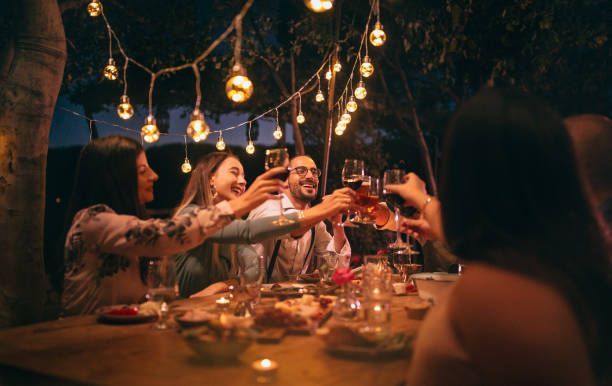
Dinner Parties
- Wine recommendations: It's crucial to have a variety of wines on hand for dinner parties that go well with a range of foods. A medium-bodied Merlot or a robust Cabernet Sauvignon are both excellent options for red wine. White wine would be best, preferably a crisp Riesling or a buttery Chardonnay.
- Food pairing ideas: Grilled meats like steak or lamb go well with a medium-bodied Merlot. Strong flavors like roast meat or pork go well with a strong Cabernet Sauvignon. White wine matches include a crisp Riesling with spicy Thai or Indian food and a buttery Chardonnay with creamy pasta dishes.
Cocktail Parties
- Wine recommendations: For cocktail parties, it's best to choose wines that are easy to drink and pair well with finger foods. Sparkling wines such as Champagne, Prosecco, and Cava are perfect for toasting and celebrating.
- Food pairing ideas: Pair sparkling wines with appetizers such as smoked salmon, sushi, and bruschetta. Rosé and light-bodied red wines such as Pinot Noir pair well with charcuterie boards and cheese plates.


Holiday Celebrations
- Wine recommendations: Holidays are a time for celebration, and what better way to celebrate than with a glass of wine? For red wine, choose a bold and spicy Zinfandel or a rich and fruity Shiraz. For white wine, opt for a Chardonnay or a crisp and refreshing Pinot Grigio.
- Food pairing ideas: Strong and hot Zinfandel goes well with heavy foods like roasted turkey or ham. Shiraz is a rich, juicy wine that goes well with meat or lamb meals. While crisp Pinot Grigio goes well with light salads and seafood meals, Chardonnay works nicely with creamy foods like mashed potatoes or mac & cheese.
Wedding Receptions
- Wine recommendations: The wine choices for a wedding should be in keeping with the joy and elegance of the occasion. Choose a smooth and silky Pinot Noir or a traditional and exquisite Bordeaux for your red wine. Choose a crisp, refreshing Sauvignon Blanc or a full-bodied Chardonnay for your white wine.
- Food pairing ideas: Pair Bordeaux or Pinot Noir with beef or lamb dishes, and pair Sauvignon Blanc or Chardonnay with seafood and chicken dishes. For dessert, pair sweet dessert wines such as Port or Sherry with chocolate cake or cheesecake.

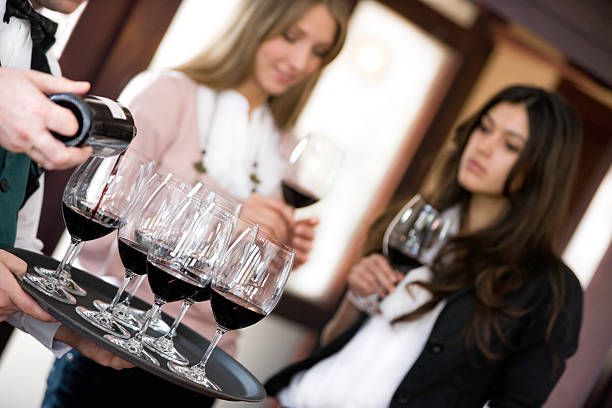
Corporate Events
- Wine recommendations: The wine selection should be in keeping with the formality of corporate occasions, which are more common. Choose a smooth and sophisticated Merlot or a traditional and refined Cabernet Sauvignon for your red wine. Choose a robust and full-bodied Chardonnay or a crisp and refined Sauvignon Blanc for your white wine.
- Food pairing ideas: Pair Cabernet Sauvignon or Merlot with beef or lamb dishes. Sauvignon Blanc or Chardonnay complements seafood and chicken dishes. For dessert, pair sweet dessert wines such as Muscat or Sherry with fruit and cheese plates.
Wine pairing can appear to be a difficult process, but with the proper information and guidelines, it can be a pleasurable and rewarding experience. You can choose the ideal wine for every occasion by being aware of the various wine varietals and their flavor profiles as well as the essential elements to take into account when combining wine with food. Additionally, paying attention to wine serving advice and suggestions for particular occasions will improve your wine enjoyment and enhance the quality of your meetings. So let's raise a glass to many more memorable events and delicious wine pairings in the future. Cheers!
